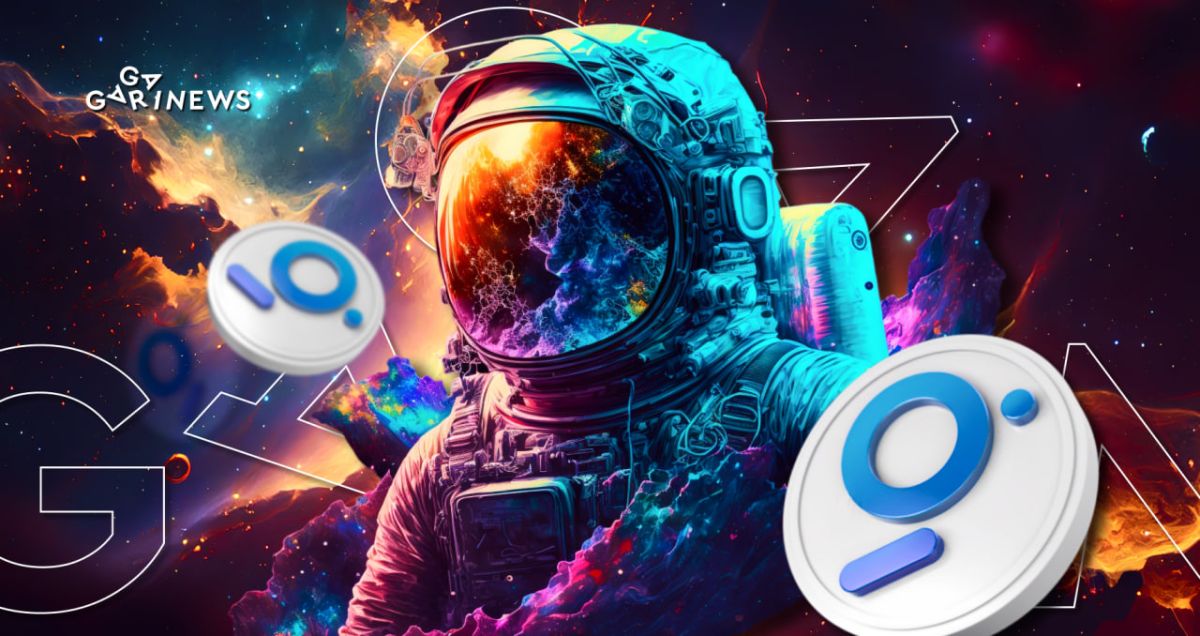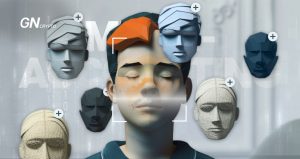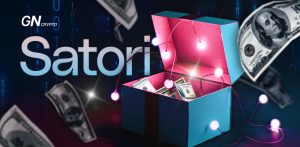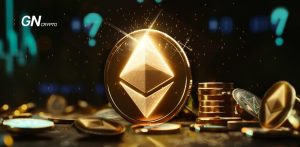The Graph: Web3’s Google? Project & GRT Token Overview

The Graph is a decentralized protocol designed to index data from blockchain networks. It provides fast access to the necessary information, similar to how Google search engine works, but specifically in the world of Web3.
On this page
The project enables developers to create and publish open APIs known as subgraphs, which process (index) data and facilitate the process of obtaining information from decentralized applications or smart contracts. An example of such information could be the trading volume on a DEX platform.
The Graph’s operating mechanism. Source: thegraph.com
Visionaries and financiers
The Graph was founded in 2018 by a team of experienced engineers and developers passionate about Web3 technologies. The team includes Yaniv Tal, Brandon Ramirez, and Jannis Pohlmann. Their vision was to create an efficient solution for obtaining data analysis from blockchain environments.
The project received $55 million in investments from venture capital funds such as Tiger Global Management, Coinbase Ventures, Multicoin Capital, Digital Currency Group, and others. Additionally, in 2020, three ICOs of GRT tokens were held, raising a total of $24.7 million.
How does The Graph work?
Users of The Graph protocol pay a fee in GRT tokens to access the necessary information. The protocol operates through a decentralized network of participants, who play various roles in supporting and maintaining subgraphs. These roles are described below.
- Indexers are node operators who index a specific set of information and receive rewards in GRT tokens for doing so. They store the processed data in subgraphs, making it accessible for queries. To become an indexer, one must stake 100,000 GRT, but these tokens can be obtained from delegators.
- Delegators stake GRT tokens for indexers, contributing to the network's security and earning a portion of the rewards for the queries processed by the indexers.
- Curators are responsible for selecting subgraphs that need to be indexed. To do this, they must place GRT tokens into the chosen subgraph, signaling indexers in this way. Curators play a crucial role in determining priorities and earn a portion of the fees from processed queries.
The Graph protocol participants. Source: thegraph.com
What is GRT?
GRT is the utility token of The Graph project, essential for creating nodes and paying fees for processed queries. GRT is also a reward for those who participate in the protocol's operation. Furthermore, it serves as a governance token, granting voting rights to its holders.
The emission of GRT is not restricted since the token has a fixed inflation rate of 3% per year. However, the project includes a token burning mechanism that can make GRT deflationary in the event of active protocol usage. Currently, about 8.9 billion tokens are in circulation from a total supply of 10.6 billion GRT.
Contemporary circumstances and prospects ahead
The Graph protocol can index data on the Ethereum network, but in the beta version, it supports a much wider range of blockchains. The list of supported blockchains can be found in the image below. The Graph is also used by projects such as Messari, Snapshot, Sushi, and Lido.
Protocols Supported by The Graph. Source: thegraph.com
Considering the underlying features of the initiative, it can be inferred that The Graph holds promising prospects if the crypto market enters an active phase. Nevertheless, the extent of demand for quick delivery of processed data within the Web3 milieu plays a critical role. It is important to acknowledge all conceivable risks, including those related to protocol security and the emergence of more robust rivals.
The content on The Coinomist is for informational purposes only and should not be interpreted as financial advice. While we strive to provide accurate and up-to-date information, we do not guarantee the accuracy, completeness, or reliability of any content. Neither we accept liability for any errors or omissions in the information provided or for any financial losses incurred as a result of relying on this information. Actions based on this content are at your own risk. Always do your own research and consult a professional. See our Terms, Privacy Policy, and Disclaimers for more details.




























